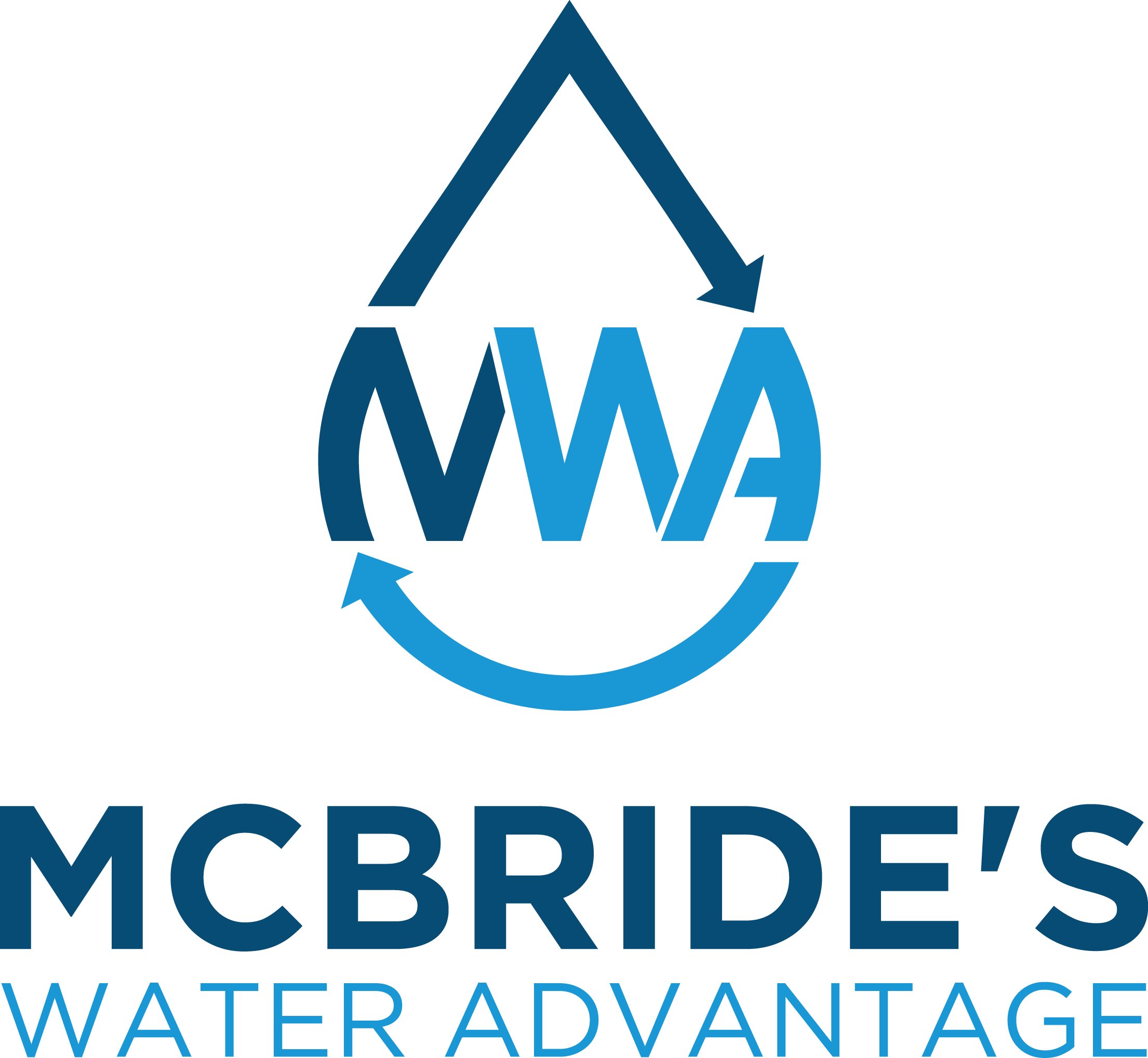 There are two broad categories of water contaminants: those that are suspended in water and those that are dissolved in water. Many of the suspended water contaminants are visible to the naked eye and can be removed by sediment filters. Dissolved contaminants, on the other hand, are much smaller and are often hard to detect. That’s why dissolved contaminants are grouped into a category called “total dissolved solids.” Today we’re going to talk about what total dissolved solids are, the impacts they can have on your home’s water quality and what you should do to address this water quality issue at home!
There are two broad categories of water contaminants: those that are suspended in water and those that are dissolved in water. Many of the suspended water contaminants are visible to the naked eye and can be removed by sediment filters. Dissolved contaminants, on the other hand, are much smaller and are often hard to detect. That’s why dissolved contaminants are grouped into a category called “total dissolved solids.” Today we’re going to talk about what total dissolved solids are, the impacts they can have on your home’s water quality and what you should do to address this water quality issue at home!
What are total dissolved solids?
Total dissolved solids (TDS) is a measurement of the amount of dissolved particles in your tap water. In water quality terms, a dissolved particle is one that is small enough to pass through a filter with pores as small as two microns in size.
There are many different kinds of dissolved particles that can be found in water, some of which are harmful to your health and some of which are not. Some of the most common harmful dissolved contaminants include calcium, chlorides, THM’s, nitrates, phosphorus, iron, sulfur and bacteria.
What does a high TDS count mean about your home’s water quality?
Because total dissolved solids include such a broad category of contaminants, having a high TDS count doesn’t necessarily mean that you have bad water quality. TDS is a correlation for poor water quality, but not necessarily a cause.
Water with a high TDS count often results in the following quality issues:
- A higher likelihood of dangerous contaminants. If your water has a high TDS count, it is much more likely to contain dangerous contaminants than water with a low TDS count. This is simply due to the fact that water with a high TDS count contains more dissolved particles, so there is more of a chance for some of those particles to be dangerous.
- Bad tasting and smelling water. Many of the most common dissolved particles found in water, even those that do not cause health issues, can give off a bad taste or smell. This can cause your water to taste impure and make it difficult to drink.
- Corrosive water. A certain amount of dissolved particles have corrosive properties that can damage your home’s pipes and plumbing appliances.
How should you address a high TDS count in your home’s water?
Total dissolved solids is one of the measurements that we take during our free at-home water quality test. If your tests show a high TDS count, we strongly suggest that you further investigate your water’s contents with our comprehensive water test. During this test, we’ll submit your water to a New Hampshire State-certified laboratory to test for specific dangerous contaminants that can increase your water’s TDS count.
After receiving your results from the lab, we can help you choose a water filtration system that will take care of any problematic contaminants that showed up in your home’s water.
If you have any questions about total dissolved solids in water, or if you’d like a water system serviced or installed in your home, contact McBride’s, your water softener and water filtration system dealer in Epsom, NH. We provide service all over New Hampshire, including towns like Barrington, Dover and Rochester, NH.
photo credit: javmorcas via photopin (license)
